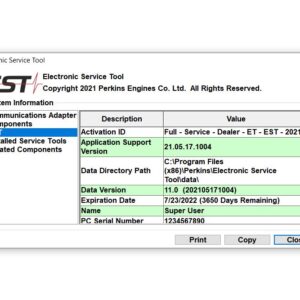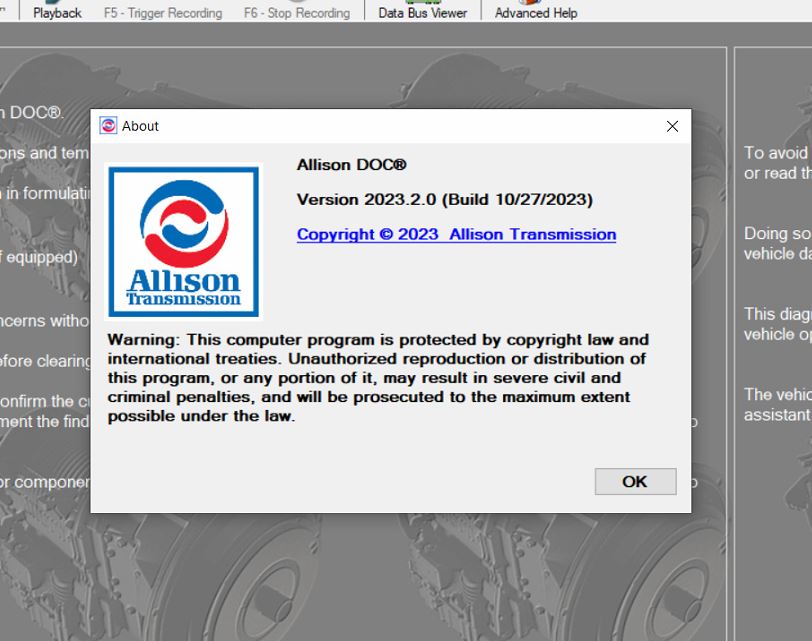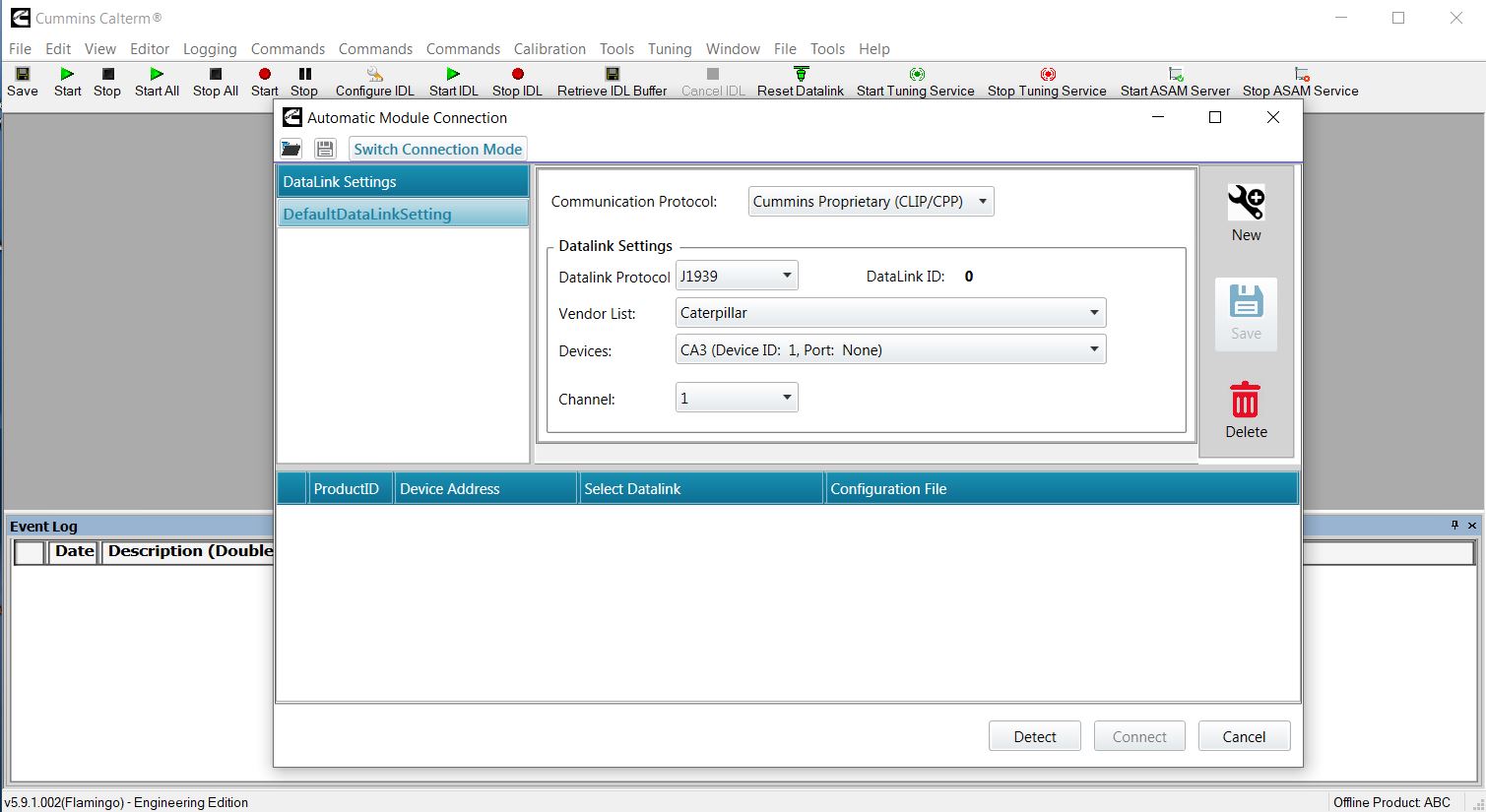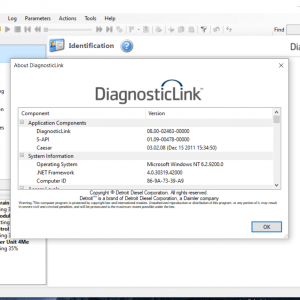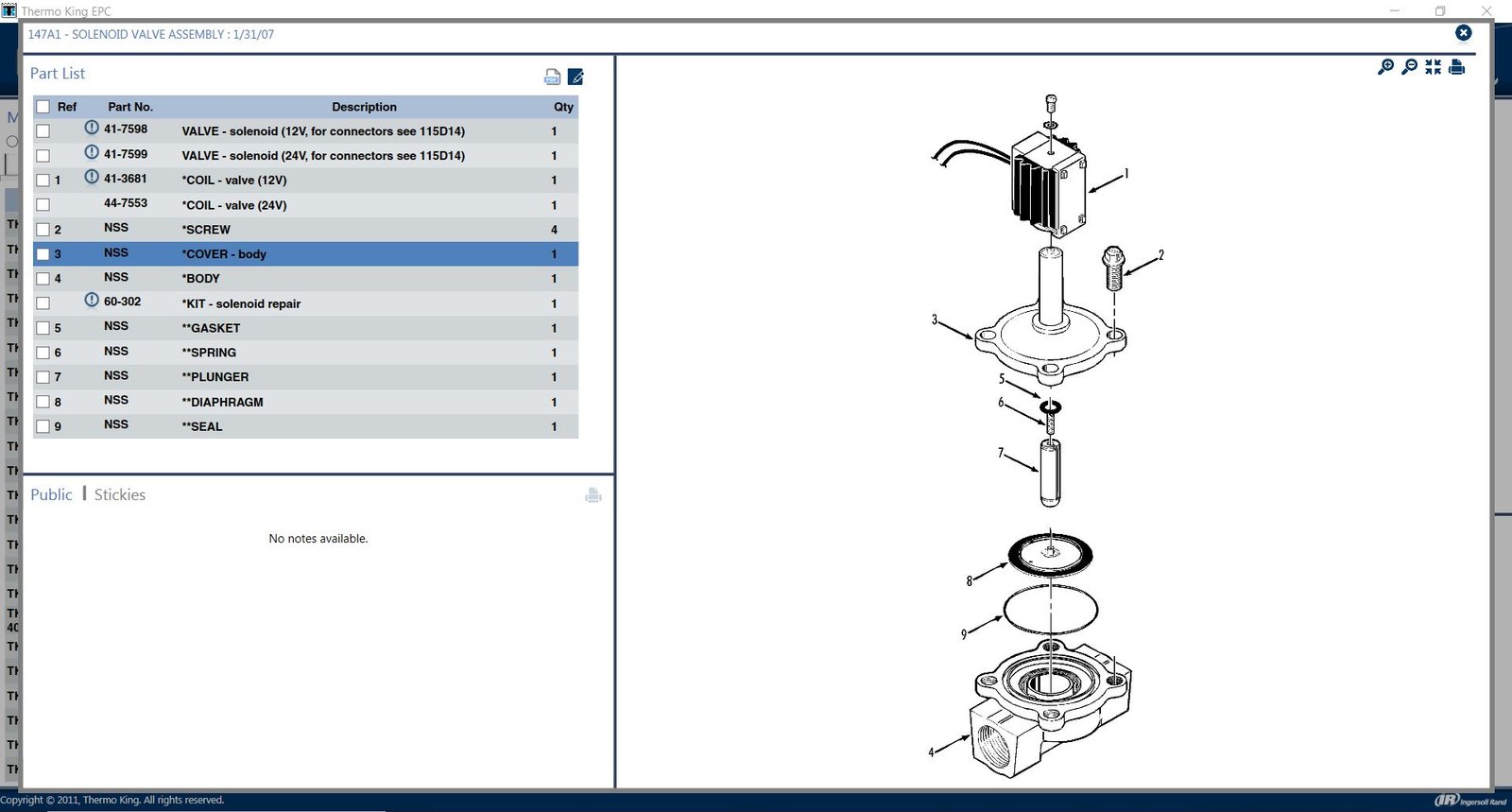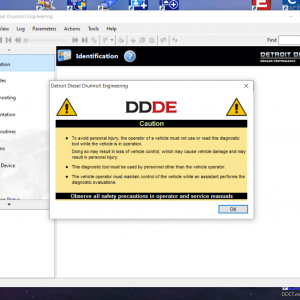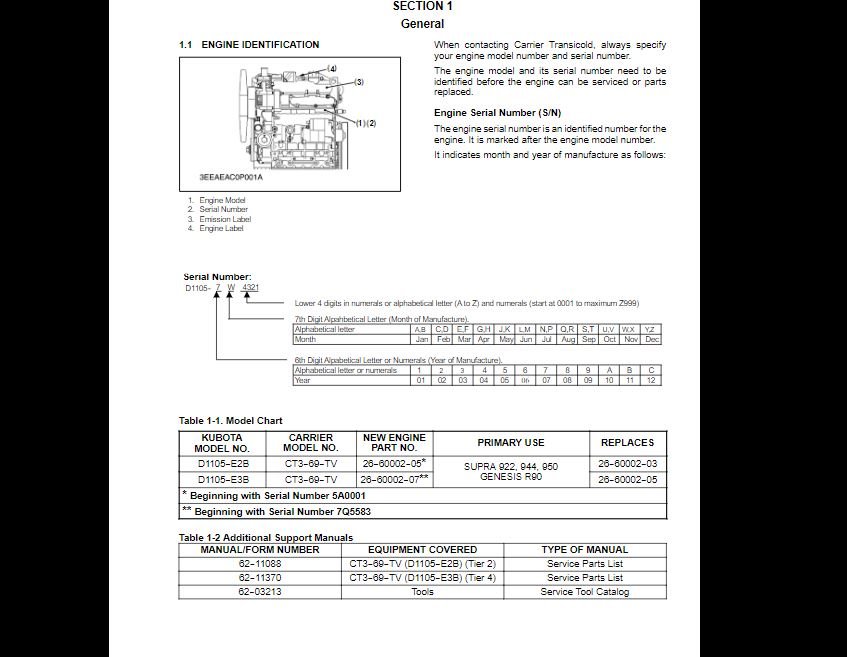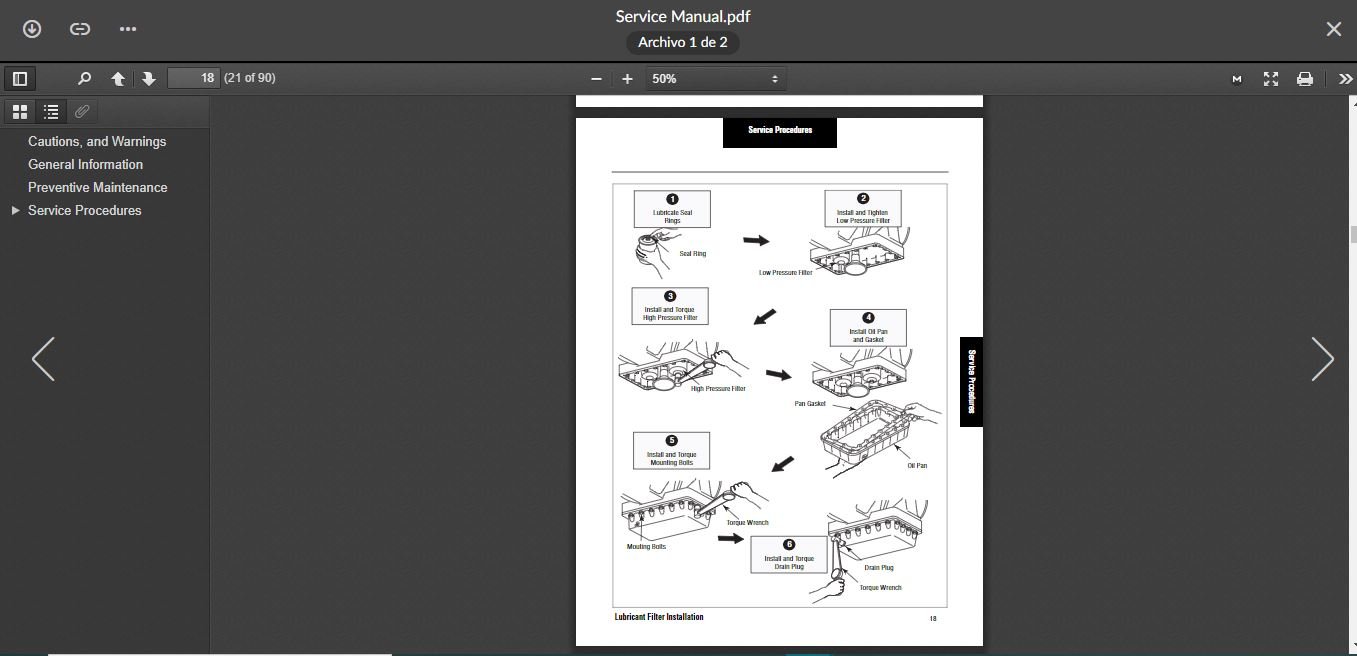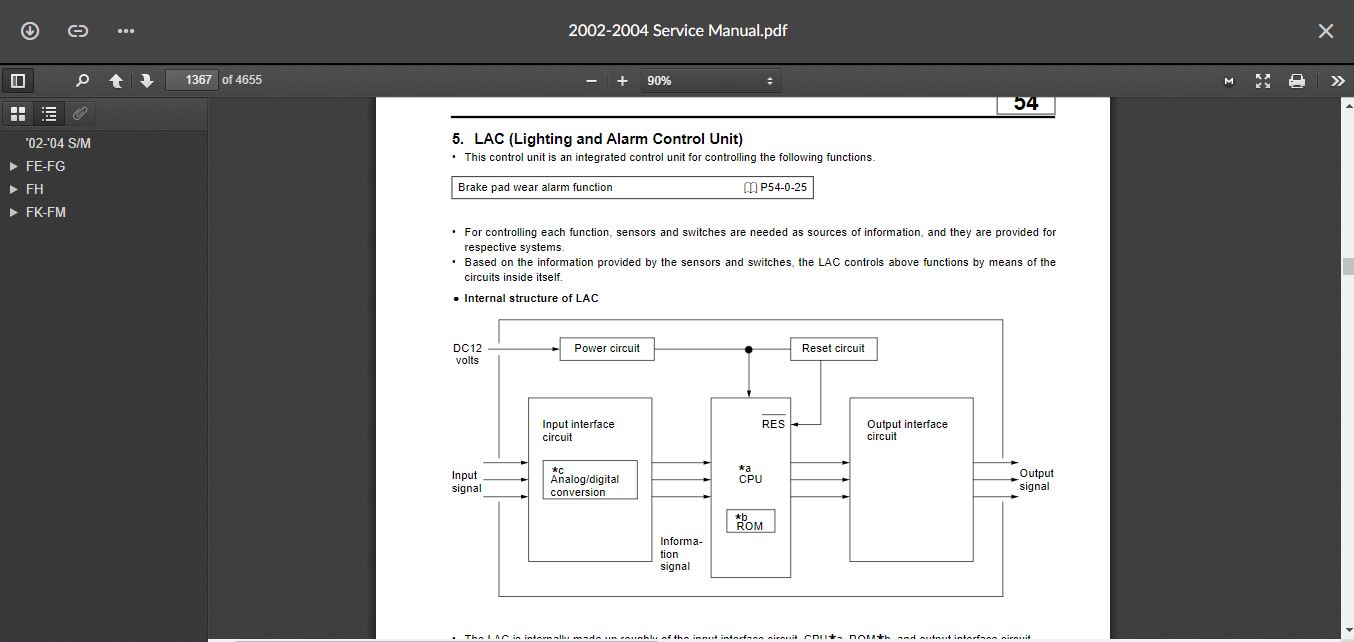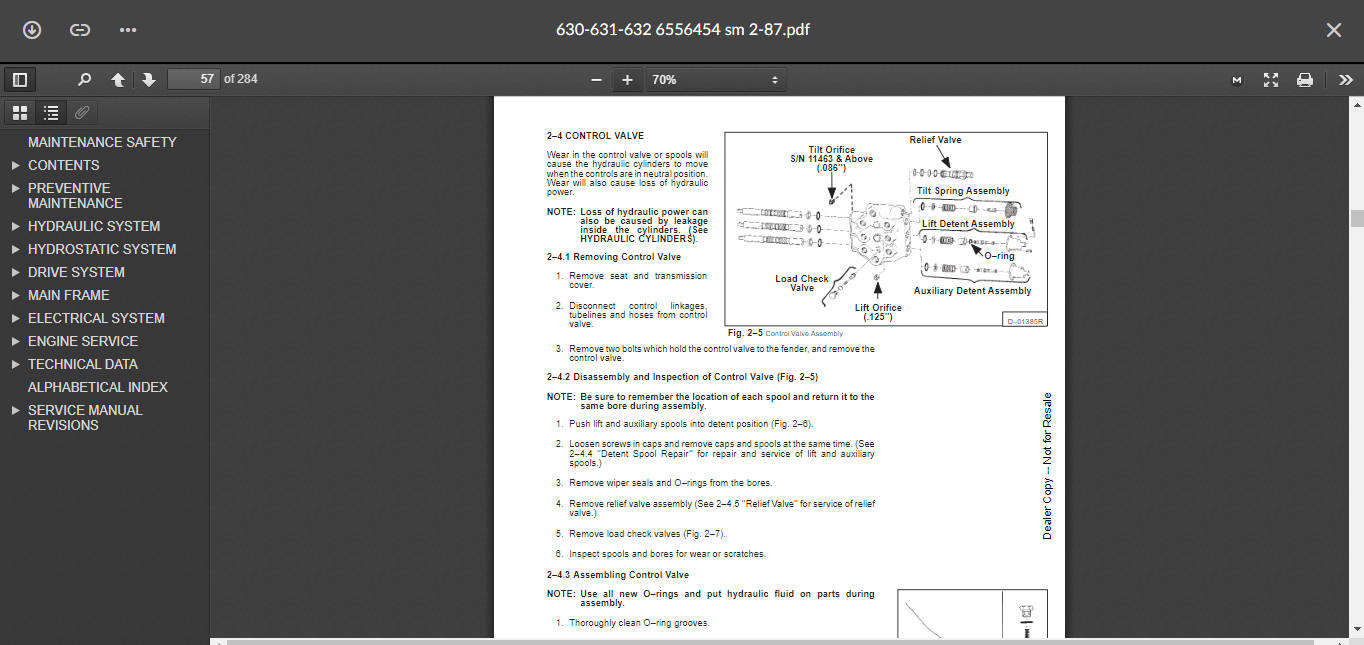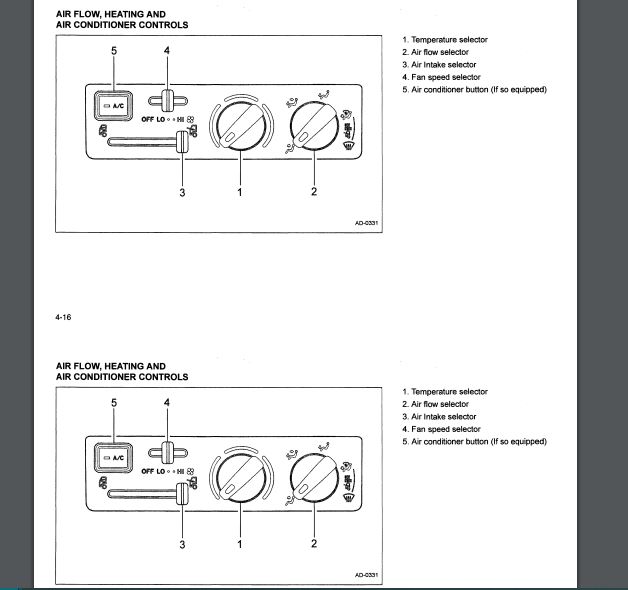Allison 1000 & 2000 Gen 5 Fault Code:P0123 Pedal Position Sensor Circuit – High Voltage
CIRCUIT DESCRIPTION:
The TCM receives input on throttle position from either a TPS or a signal transmitted by the engine electronic controls.
Vehicles not equipped with electronically-controlled engines have a TPS attached to the engine fuel control linkage. The TPS continuously sends the exact throttle position to the TCM.
The TPS is a sliding resistor sensor (potentiometer) actuated by a mechanical linkage. The TCM delivers a constant voltage to one terminal of the TPS resistive strip. The other TPS terminal connects to ground. The resistor contacts of the TPS are connected to provide a regulated voltage signal input to the TCM.
When actuated by the mechanical throttle cable, the contacts of the resistor move along the resistive strip. As the contacts slide along the resistive strip, a voltage is sent to the TCM. At each increment of 0.178 mm (0.007 inch) along the resistive strip, the contacts deliver a different voltage to the TCM. The different voltages are interpreted as throttle sensor movement. The TCM converts travel distance (mm) into throttle opening percentage.
ACTION TAKEN WHEN THE DTC SETS:
1. DTC P0123 is stored in the TCM history.
2. The TCM uses the default throttle value, based on engine torque and speed.
3. The TCM forces Variable Modulated Main off.
4. The TCM freezes shift adapts (DNA).
5. The TCM inhibits Torque Converter Clutch (TCC) engagement.
6. The CHECK TRANS light Illuminates (non-OBD II strategy).
CONDITIONS FOR CLEARING THE DTC:
Use the diagnostic tool to clear the DTC from the TCM history. The TCM automatically clears the DTC from the TCM history if the vehicle completes 40 warm-up cycles without failure.
DIAGNOSTIC AIDS:
DTC P0123 indicates the TCM has detected a voltage signal from the TPS higher than the calibrated supply voltage, that can be caused by the following:
1. A short to battery in W112 or W144 circuits.
2. Analog TPS source set in calibration in non-analog TPS applications.
3. Analog TPS source set by CMC Override Throttle Source using the diagnostic tool in non-analog TPS application.
4. Defective sensor sharing 5V supply shorted to battery.
5. 5V wire shorted to battery in transmission internal harness.
6. Broken or defective connector assemblies allowing pushed back pins to short together.
7. Unlocked connectors, missing seal plugs allowing moisture in connectors.
8. TCM issue.
When diagnosing for an intermittent short or open circuit condition, massage the wiring harness while watching the test equipment for a change.
You may have to drive the vehicle in order to experience a fault.
Related
-
CAT CDVR PC Software – Caterpillar Digital Voltage Regulator (CDVR) WINDOWS 10
CAT $45.00Rated 0 out of 5
-
volvo Devtool Studio V2 / V3 / V4 Developer tool plus 2.6 / 2.7
Trucks software $35.00Rated 0 out of 5 -
Detroit Diesel Diagnostic Link DDDL 8.0 PRO PROFESSIONAL Software trucks
Detroit $25.00Rated 0 out of 5 -
Hino Diagnostic eXplorer 2 – Hino DX2 v1.1.21.4 with keygen unlocked ( Hino trucks )
Hino $60.00Rated 0 out of 5 -
ddct Detroit diesel calibration tool (DDCT) v4.5 English Include Calibrations & Metafiles
Detroit $30.00Rated 0 out of 5
Related products
-
Allison 1000 & 2000 Gen 4 Fault Codes: P1891 Engine Throttle Position Sensor Pulse Width Modulation (PWM) Signal Low Input
1000 & 2000 Gen 4 $50.00Rated 0 out of 5 -
Allison 1000 & 2000 Gen 4 Fault Codes: P2810 Solenoid G Electrical
1000 & 2000 Gen 4 $50.00Rated 0 out of 5 -
Allison 1000 & 2000 Gen 4 Fault Codes: P0122 Pedal Position Sensor Circuit Low Voltage
1000 & 2000 Gen 4 $50.00Rated 0 out of 5 -
Allison 1000 & 2000 Gen 4 Fault Codes: P0870 Transmission Pressure Switch Solenoid E Circuit
1000 & 2000 Gen 4 $50.00Rated 0 out of 5 -
Allison 1000 & 2000 Gen 4 Fault Codes: P1892 Throttle Position Sensor Pulse Width Modulation (PWM) Signal High Input
1000 & 2000 Gen 4 $50.00Rated 0 out of 5 -
Allison 1000 & 2000 Gen 4 Fault Codes: P0123 Pedal Position Sensor Circuit High Voltage
1000 & 2000 Gen 4 $50.00Rated 0 out of 5 -
Allison 1000 & 2000 Gen 4 Fault Codes: U1016 Class 2 J1850 (Class 2) Powertrain Controller State of Health Failure
1000 & 2000 Gen 4 $50.00Rated 0 out of 5 -
Allison 1000 & 2000 Gen 4 Fault Codes: U1096 J1850 (Class 2) IPC Controller State of Health Failure
1000 & 2000 Gen 4 $50.00Rated 0 out of 5 -
Allison 1000 & 2000 Gen 4 Fault Codes: P2773 Torque Control Request Ignored – ECM/TCM
1000 & 2000 Gen 4 $50.00Rated 0 out of 5 -
Allison 1000 & 2000 Gen 4 Fault Codes: U1000 Class 2 Loss of Serial Data Communication
1000 & 2000 Gen 4 $50.00Rated 0 out of 5 -
Allison 1000 & 2000 Gen 4 Fault Codes: P0871 Transmission Pressure Switch Solenoid E Circuit Stuck Open
1000 & 2000 Gen 4 $50.00Rated 0 out of 5 -
Allison 1000 & 2000 Gen 4 Fault Codes: U0031 J1850 (Class 2) Serial Data Communication Link Low
1000 & 2000 Gen 4 $50.00Rated 0 out of 5 -
Allison 1000 & 2000 Gen 4 Fault Codes: P1779 Engine Torque Delivered To TCM Signal
1000 & 2000 Gen 4 $50.00Rated 0 out of 5 -
Allison 1000 & 2000 Gen 4 Fault Codes: P0846 Transmission Pressure Switch Solenoid D Circuit Stuck Open
1000 & 2000 Gen 4 $50.00Rated 0 out of 5 -
Allison 1000 & 2000 Gen 4 Fault Codes: U0032 J1850 (Class 2) Serial Data Communication Link High
1000 & 2000 Gen 4 $50.00Rated 0 out of 5
-
SERVICE MANUAL 3000 AND 4000 SERIES GEN 4 GENERATION – ALLISON
Allison$19.00Original price was: $19.00.$17.00Current price is: $17.00.Rated 0 out of 5


